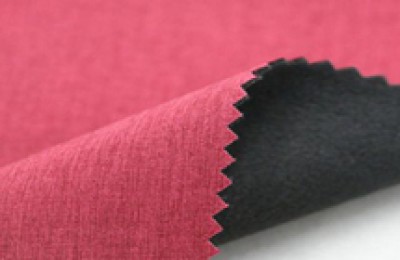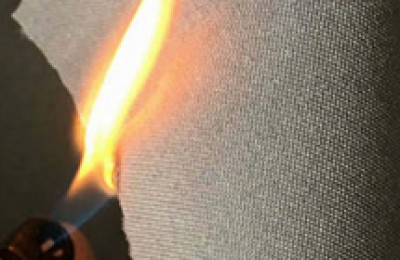During the twisting and winding process of spun yarn, most breakage occurs on the yarn section from the yarn guide hook to the front roller. Because this section of yarn is a weak link in strength, or due to excessive sudden tension, its strength is lower than the fluctuating spinning tension and the end is broken. In addition, it has been measured that the dynamic strength of spinning yarn is much lower than the strength of single bobbin yarn. Therefore, improving the dynamic strength of spinning yarn has great potential and is of great significance in reducing the end breakage rate.
01 Yarn strength and end breakage in the twisting triangle area
According to long-term observation, Most of the yarn breakage above the yarn guide hook occurs in the twisting triangle area, which shows that the dynamic strength depends on the strength of the yarn in the twisting triangle area. To improve the strength, the yarn strength in the twisting triangle area should be increased. Among the whiskers held by the roller jaws, the head ends of some fibers are in the twisting triangle area, and they do not bear the yarn tension; most of the fibers extend into the twisted yarn and bear the yarn tension. the tension applied on. When the yarn in the triangular area breaks, most of the fibers slip out from the roller jaws either because the roller jaws have insufficient holding power; or because the twist of the yarn is too small, they slip out of the twisted yarn; or because the fibers Broken; or three situations occur at the same time. Since yarn breakage occurs in an instant during spinning, it is difficult to observe whether the fiber breaks or slips. However, according to the strength analysis of the yarn breakage at this place, each fiber only shares a small part of the strength on average, so the possibility of fiber breakage is very small. At the same time, the shape of the yarn tail left on the bobbin after breaking off from the top (thin And long) judgment, it is generally believed that the yarn breakage in the triangular area is mainly caused by fiber sliding. However, whether the fiber slides in the roller jaws or in the yarn sliver and causes the yarn sliver to break depends on the process conditions.
02 Increase the twist of the yarn in the spinning section
1) Yarn twist distribution
o:p>
According to the test, it can be seen that the twist distribution in the twisted winding area gradually decreases from the traveler to the front roller nip, while the twist in the balloon section (traveller to yarn guide hook) is relatively high. The twist of the bobbin is large, and the twist of the section from the front roller nip to the guide hook is smaller than the twist of the bobbin, which causes this spinning section to be a weak twist area. Due to the difference in twist, the strength of the spinning section is only about 1/4 of the strength of the bobbin.
2) Reasons for twist difference
For the balloon segment For example, the twist generated by the rotation of the traveler is first transmitted to the balloon section and then bypasses the yarn guide hook and then passes upward to the front roller jaw. During the twist transfer process, the hysteresis of the twist transfer and the twisting caused by the frictional resistance of the yarn guide hook to the yarn gradually reduce the twist in the spinning section, and the twist near the roller nip becomes even smaller. The reduction in twist in the spinning section is mainly caused by the frictional resistance of the yarn guide hook to the yarn. The degree of twist loss varies with the size of the friction resistance, and the longer the length of the spinning section, the smaller the twist of the section.
3) Reduce the length of the untwisted zone
Generally in production The front rush of the top roller is used to reduce the length of the surrounding arc, but there is a contradiction between the forward rush of the top roller and shortening the length of the floating zone. If the top roller rushes too far, it will affect the drafting effect and also affect the effective component of roller pressure. Therefore, Generally, the front punch is 2~3mm. </p







